Description
A prolific producer of beautiful looking and bitter-tasting flowers, feverfew holds an esteemed place in herbalism having been so well researched as a treatment for migraines.
The name feverfew is derived from the latin word ‘febrifugia’, meaning ‘fever reducer’, which is slightly misleading as it is rarely used for this purpose now. However, it has been shown to be effective in reducing the frequency of migraines as well as a number of other inflammatory issues (see ‘uses and benefits’ below).
We would recommend growing feverfew in your garden even if you have no intention of harvesting it. Of all our herbs, there are few that produce more flowers than this. It is an easy plant to grow – it will grow almost anywhere so long as it is in full sunshine, and is remarkably resistant to drought: a good plant for parts of the garden where the sprinkler doesn’t reach and other plants refuse to grow.


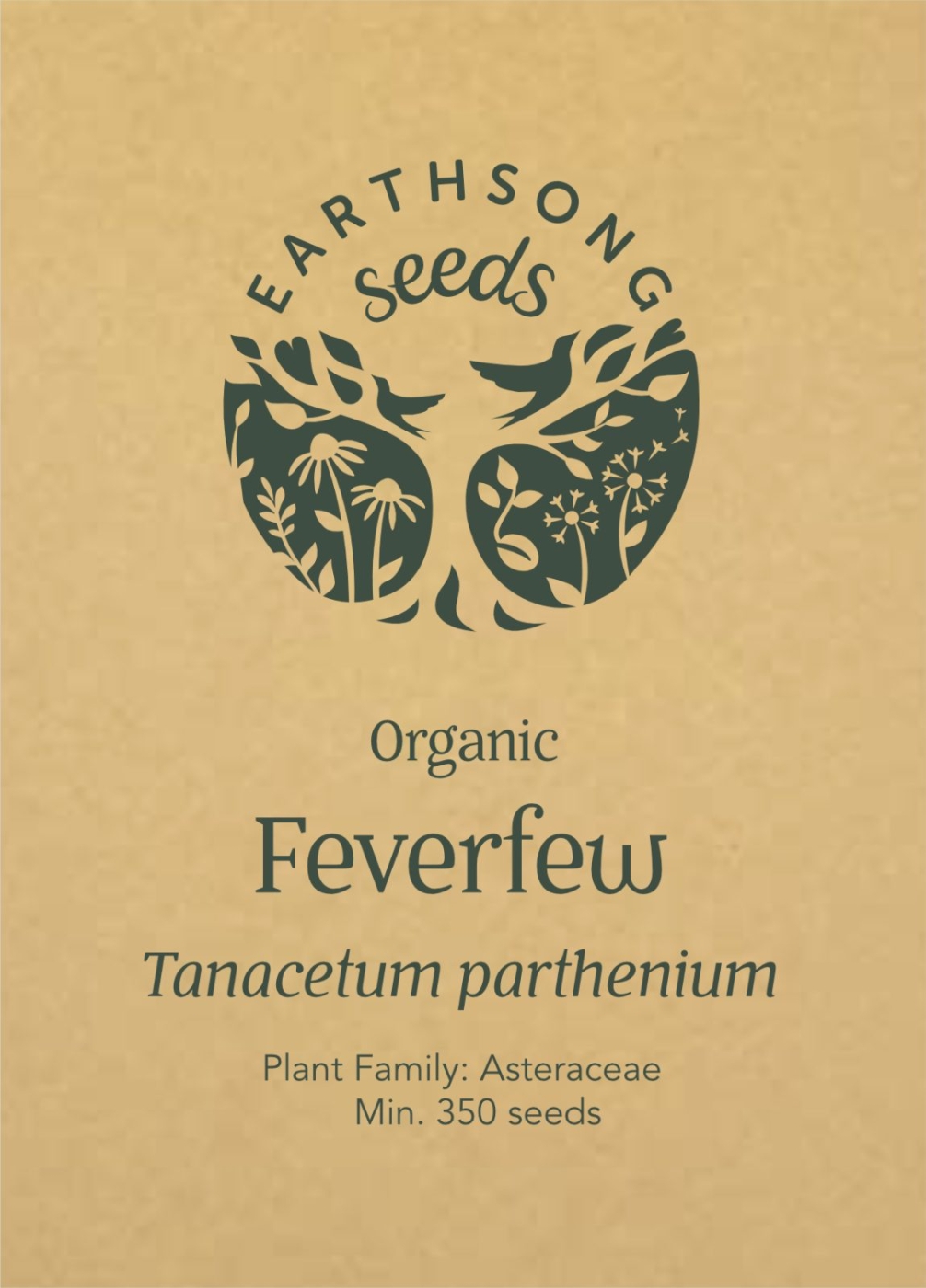


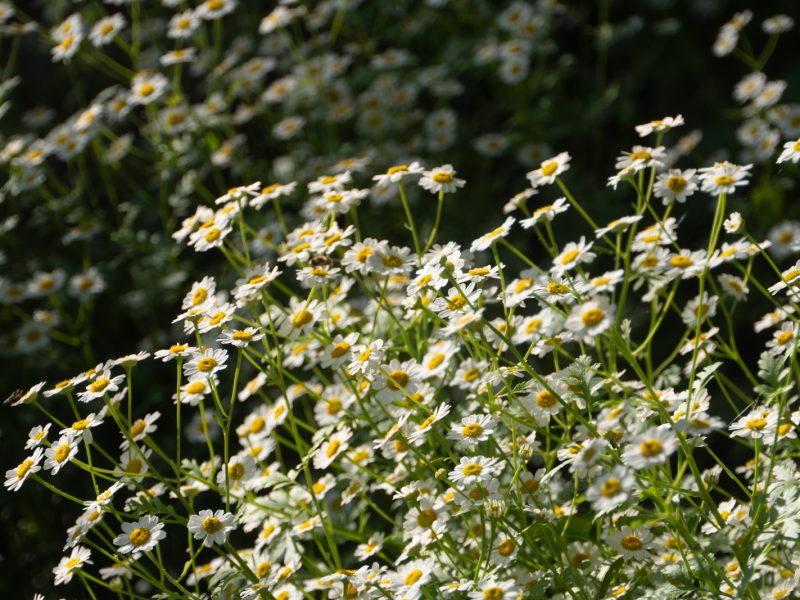
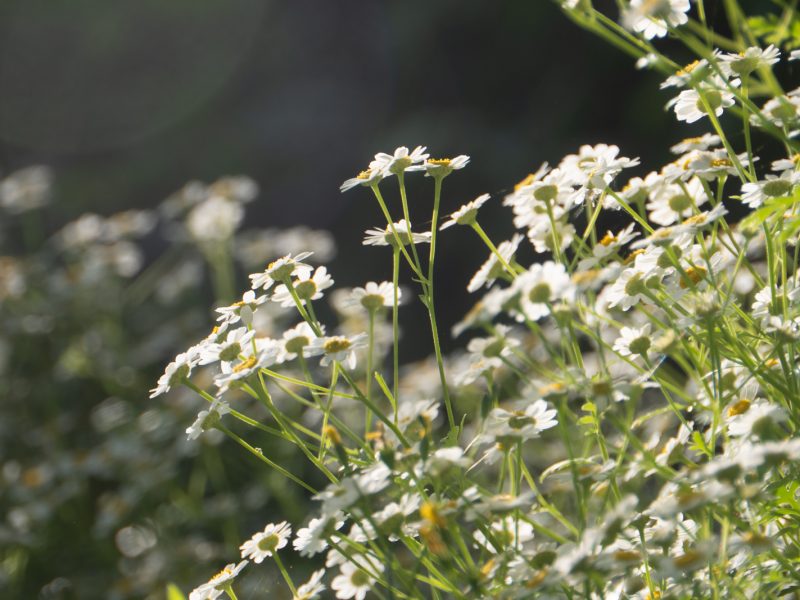
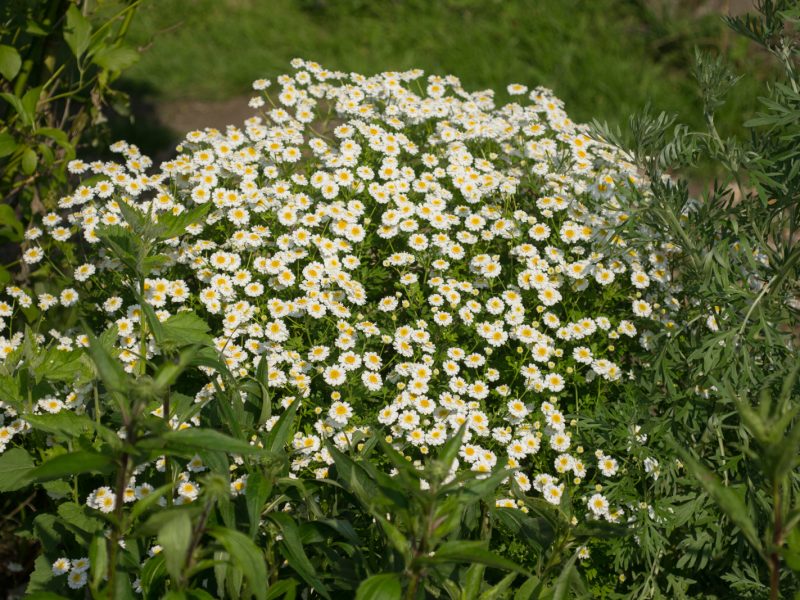
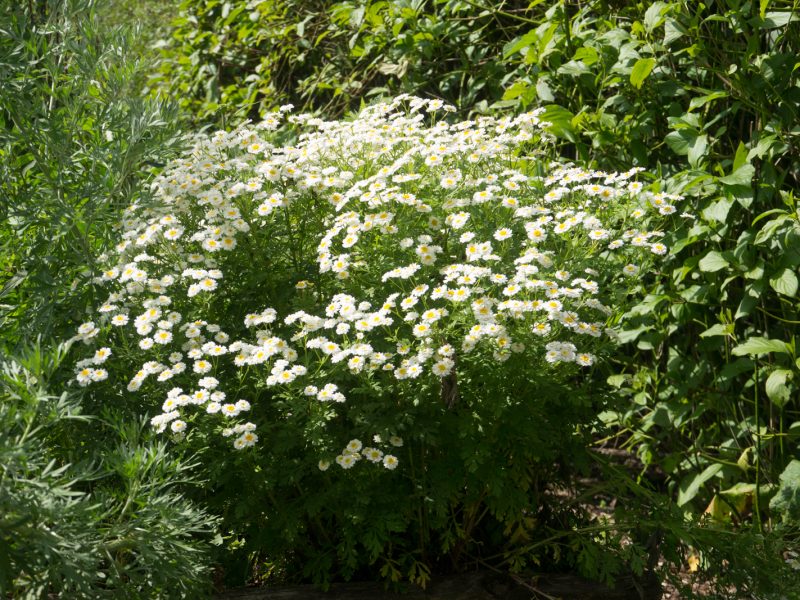

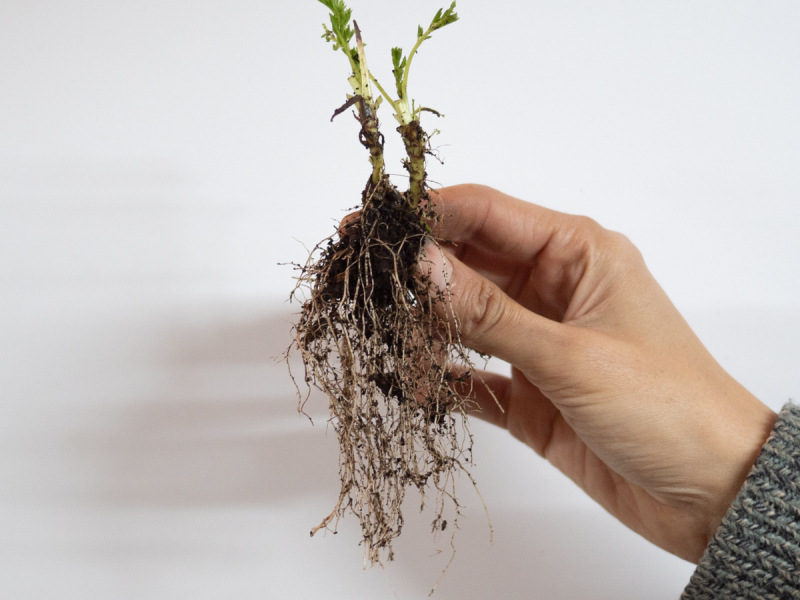





Reviews
There are no reviews yet.